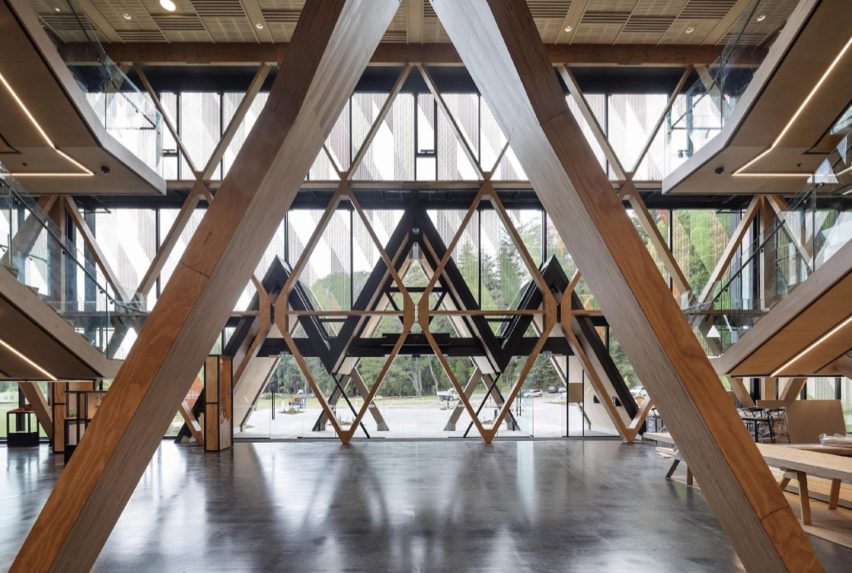 In the realm of architecture, aesthetics have long been intertwined with cultural norms, technological advancements and individual preferences.However, as society grapples with the urgent need to address climate change, industry experts are re-evaluating traditional approaches to building design and construction, making efforts to minimise environmental impact while creating visually appealing and functional spaces. For the past 100 years, architects and designers have relied heavily on materials such as glass, concrete and steel. The appeal: a marriage between an enduring modern aesthetic and the practical benefits of low maintenance and industry know-how. In contrast, environmentally conscious professionals have spent years exclusively crafting their relationship with bio-based materials like wood and fibre… There hasn’t been much synergy between the two approaches – aesthetics-led and sustainability-led – to building design …By prioritising environmental stewardship and fostering a culture of innovation, the architecture profession can play a pivotal role in shaping a more sustainable future for generations to come.
In the realm of architecture, aesthetics have long been intertwined with cultural norms, technological advancements and individual preferences.However, as society grapples with the urgent need to address climate change, industry experts are re-evaluating traditional approaches to building design and construction, making efforts to minimise environmental impact while creating visually appealing and functional spaces. For the past 100 years, architects and designers have relied heavily on materials such as glass, concrete and steel. The appeal: a marriage between an enduring modern aesthetic and the practical benefits of low maintenance and industry know-how. In contrast, environmentally conscious professionals have spent years exclusively crafting their relationship with bio-based materials like wood and fibre… There hasn’t been much synergy between the two approaches – aesthetics-led and sustainability-led – to building design …By prioritising environmental stewardship and fostering a culture of innovation, the architecture profession can play a pivotal role in shaping a more sustainable future for generations to come.